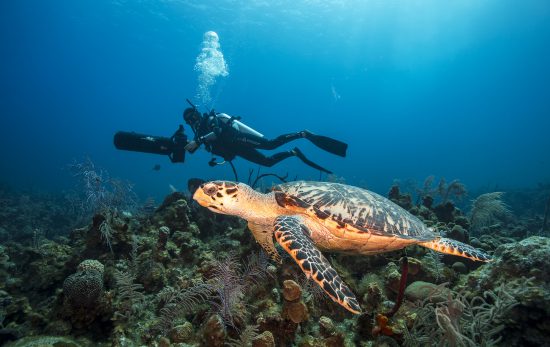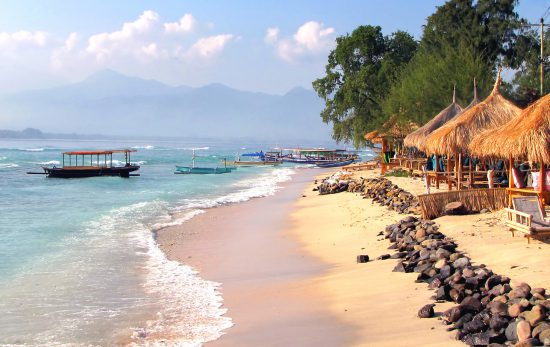Colombia itself is a country full of nature, paradisiacal islands and warmhearted, friendly locals. If you are planning a dive trip or want to learn how to dive, Colombia is the perfect destination.
Although it is true that topside Colombia has many things to discover, the underwater world is really what takes your breath away. In fact, its coastal regions represent 50% of the country’s total territory, and best of all, it has coastlines on both the Pacific Ocean and the Caribbean Sea. Colombia is the only country in South America that can boast this unique characteristic.
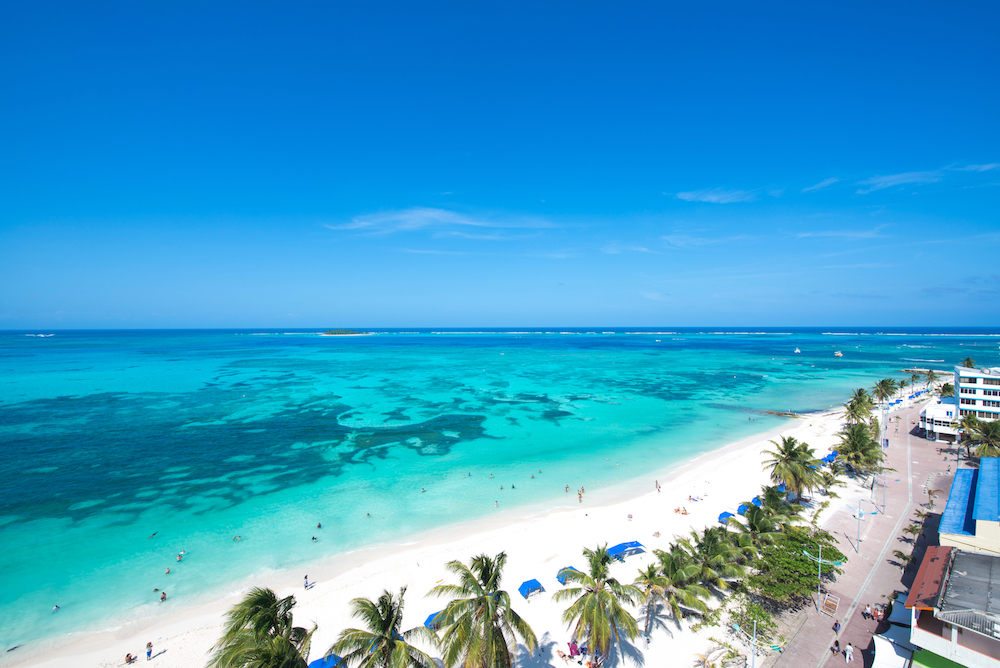
With the advantage of having both bodies of water, Colombia considers itself a capital of diving. It boasts beautiful coral formations, shipwrecks, islands and deep caves. On its Caribbean side, the reefs have been considered among the best in the world, and their beauty attracts the diverse marine life that resides here. On the Pacific side, one can find 70% of the organisms that live in the eastern part of this ocean.
With many locations to choose from, it can be a challenge knowing where to dive! So, in this article, we take a look at some of the best areas to dive in when visiting Colombia.
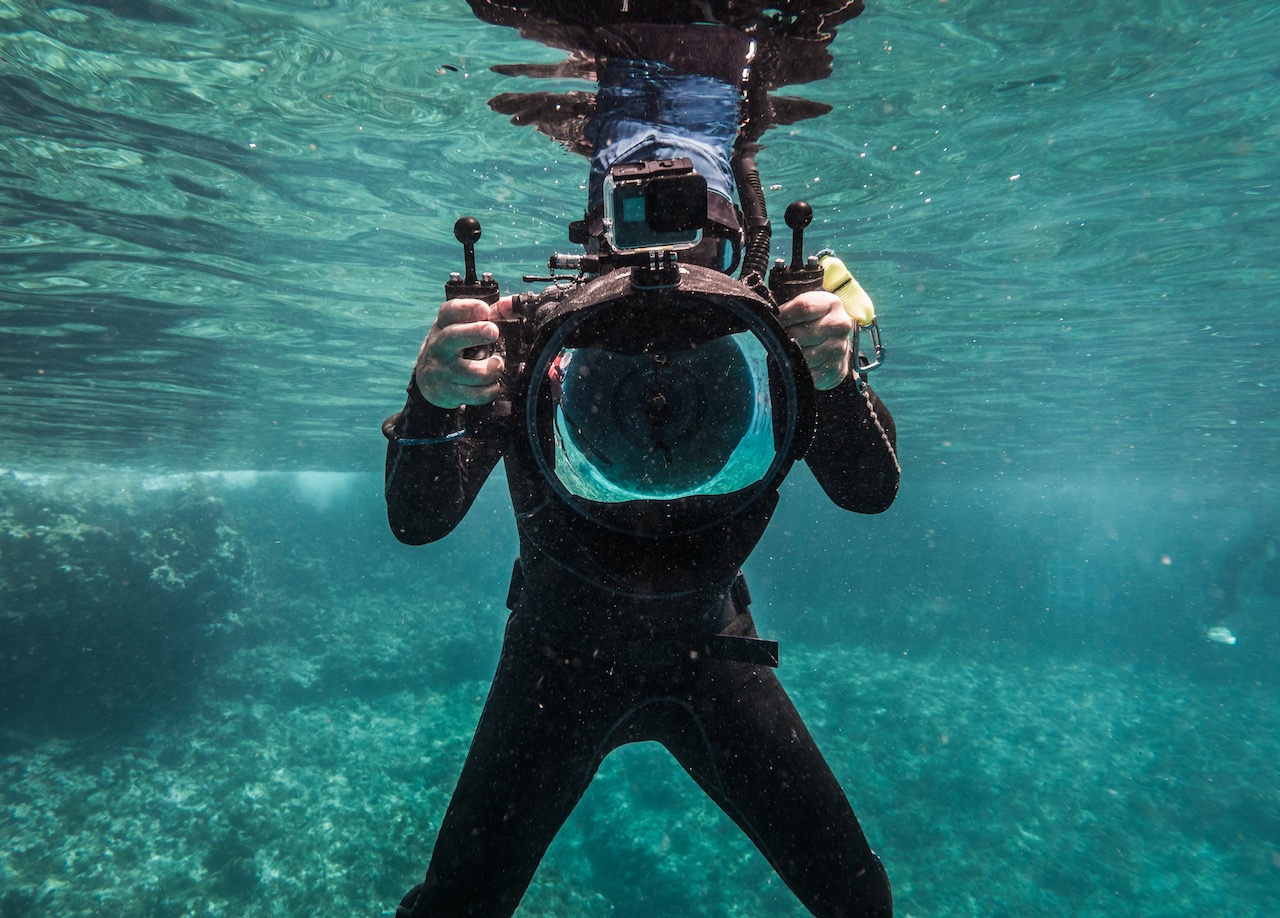
San Andrés and Providencia
San Andrés and Providencia are islands located in the southwestern Caribbean, and they are home to the third largest barrier reef in the world. Most of the waters have been declared as protected areas by UNESCO, called the Seaflower Biosphere Reserve. The year-round calm, clear, and warm waters make these islands ideal for beginners who are learning to dive. For more experienced divers, there are more challenging and deeper drift dives on offer, too. There is no shortage of dive sites here with over 40 unique sites to choose from!
Tayrona National Park
This park is a protected area in the northern region of the Caribbean part of Colombia. It is ideal for all levels of divers, since most of the dive sites are near the coastline in areas very protected from wind and waves. Most of these sites are relatively shallow with maximum depths of 12m (40ft), which makes them perfect for those who are learning to dive. For more experienced divers, there are sites ranging from 18m (60ft) to 40m (140ft) with stronger currents – making for awesome drift dives. Although there aren’t too many large marine life species to see here, there are several shipwrecks to explore and nearly 150 different species of fish. What’s not to love about that?!
Cartagena
This city is well known for all its history and the beautiful architecture in the Walled City (UNESCO-listed), and just a few meters from the shore, there are amazing colorful reefs. Many divers find the Rosario Islands to be their favorite sites in the area, located 46 km / 29 miles southwest of Cartagena. This archipelago has been a part of a national park since 1977 – and it shows! The park is comprised of 43 tropical islands, 28 diving sites, stunning coral reefs, white sand beaches, shipwrecks, and a variety of tropical fish. Throughout the year, this area has an excellent climate, and several dive centres and dive resorts make their surface intervals on the paradisiacal beaches of these islands.
Colombia is full of surprises both on land and underwater. Best of all, the locals are warmhearted, friendly, fun loving, and curious about divers!
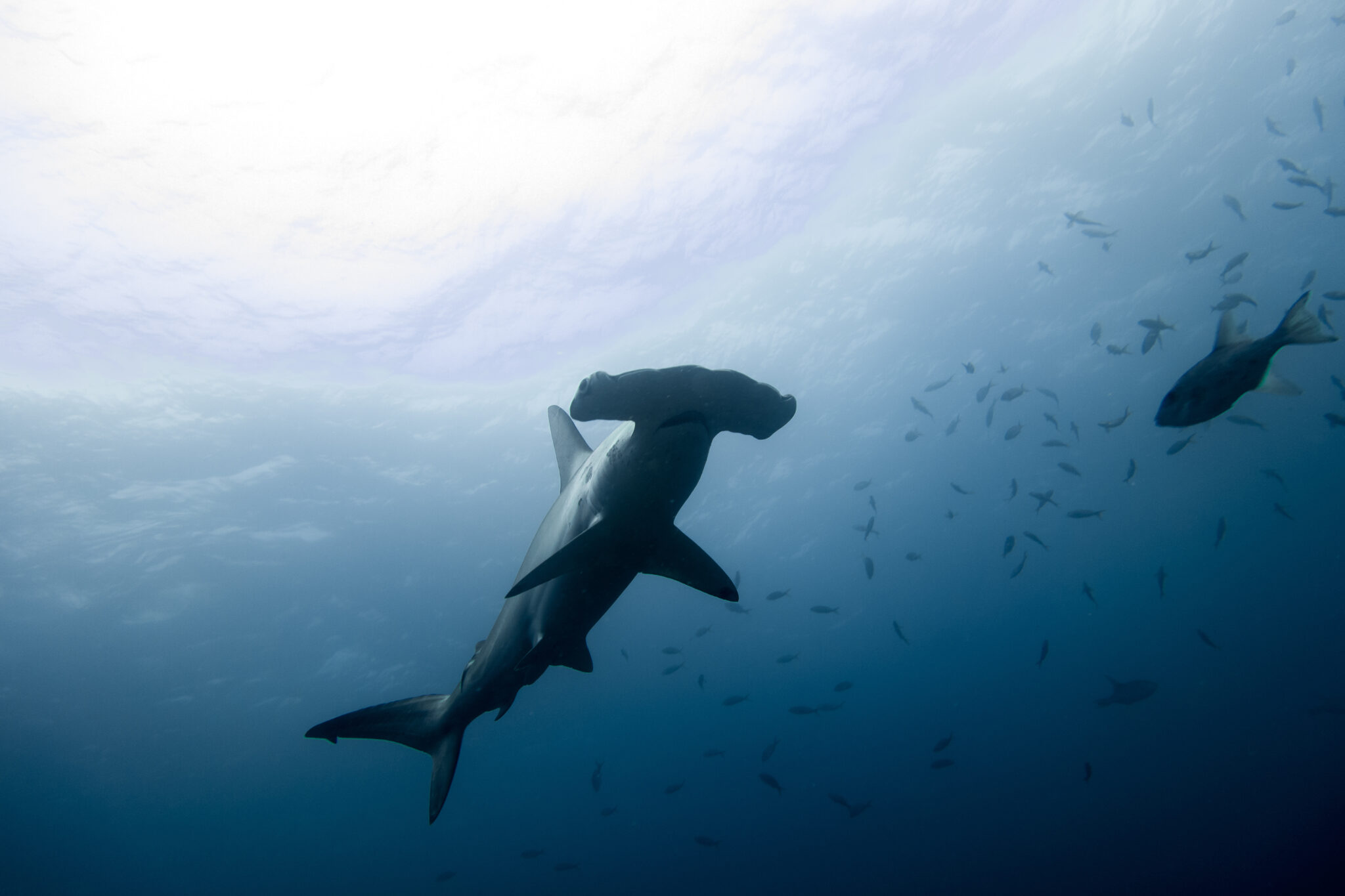
Malpelo
Many consider Malpelo one of the most remote and unexplored locations for divers. It is an uninhabited island in the middle of the Pacific (located 250 miles / 330km east of the Colombian coast) with upwards of 395 different species of fish. Some favorites include hammerhead sharks, a variety of turtles, giant mantas, and whale sharks among many other species. As it is a very remote destination and has strong currents, this trip is recommended for Advanced Open Water Divers only (learn more about the PADI Advanced Open Water Diver course here). According to divers who have visited, the 35-hour boat trip to the island is worth it and makes this truly a location that is still unexplored and full of life. The best times of the year to visit depend on what you want to see. Hammerhead sharks and Galapagos sharks are seen all year round; giant whale sharks and manta rays are spotted in the summer months; and large schools of silky sharks frequent the area in April. For the greatest diversity, we recommend visiting around June or July.
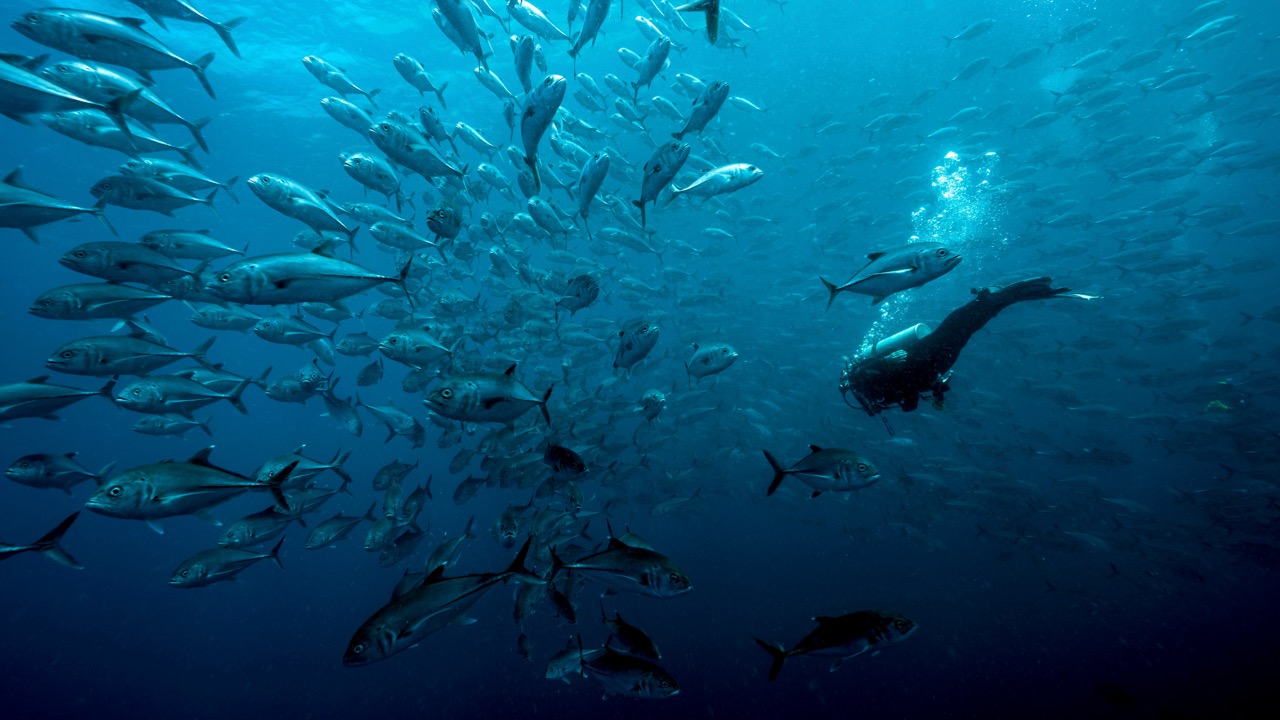
Learn to Dive in Colombia
Are you planning to learn to dive in Colombia? If so, you have made a great choice! With such diverse dive sites and marine life, learning to dive in Colombia is a dream come true. There are countless areas suitable for beginners, and you’ll have the chance to dive with some incredible marine species. Diving conditions around Colombia are excellent for novice divers. You’ll find warm water, excellent visibility, and sites with little to no current – and there are wrecks at depths within 18 meters/60 feet to boot!
Start Your Adventures Today!
If you are ready to get started, sign up for the Open Water Diver Course with PADI eLearning, and you can start learning right away. Our online system allows you to study at your own pace and from the comfort of your own home. This also means less time in the classroom during your course and more time underwater! Once you’ve completed the eLearning, you’ll simply need to choose and visit a local PADI Dive Center to complete your confined and open water dives to become a certified scuba diver.
Visit PADI Travel to find a dive centre in Colombia, book online, and get ready for a trip of a lifetime!
This article was written by Pia Venegas.
